Tbh, neither did I until I read it hahaha
spinnetrouble
- 3 Posts
- 200 Comments
https://en.wikipedia.org/wiki/Buffalo_buffalo_Buffalo_buffalo_buffalo_buffalo_Buffalo_buffalo
“Buffalo buffalo Buffalo buffalo buffalo buffalo Buffalo buffalo” is a grammatically correct sentence in English that is often presented as an example of how homonyms and homophones can be used to create complicated linguistic constructs through lexical ambiguity. It has been discussed in literature in various forms since 1967, when it appeared in Dmitri Borgmann’s Beyond Language: Adventures in Word and Thought. The sentence employs three distinct meanings of the word buffalo:
- As an attributive noun (acting as an adjective) to refer to a specific place named Buffalo, such as the city of Buffalo, New York;
- As the verb to buffalo, meaning (in American English[1][2]) “to bully, harass, or intimidate” or “to baffle”; and
- As a noun to refer to the animal (either the true buffalo or the bison). The plural is also buffalo.
A semantically equivalent form preserving the original word order is: “Buffalonian bison that other Buffalonian bison bully also bully Buffalonian bison.”
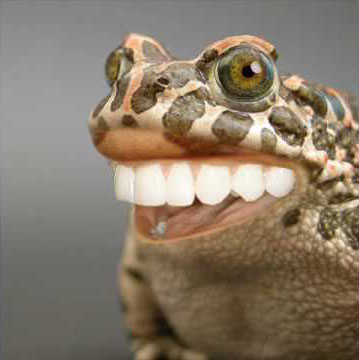 211·1 month ago
211·1 month agoYeah, that’s completely true. It’s up to each person to decide what their standards are and where they draw the line. Like Roman Polanski anally raping a 13 year old and using his money and fame to leave the country and avoid the prison time may be across one person’s line while another person says, “Eh, what can you do? It was almost 50 years ago.” Also true, but that piece of shit is still alive and making money–from people who like his work at least enough to keep consuming it.

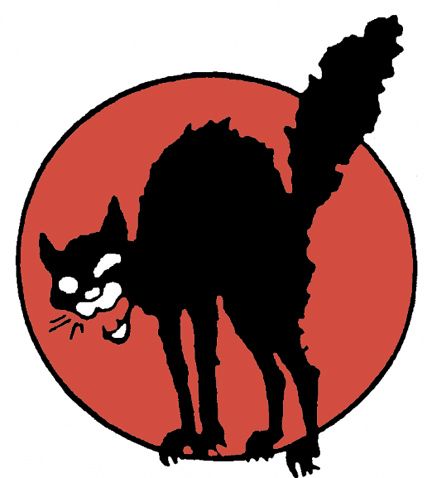 7·1 month ago
7·1 month agoAnd we just threw them that pizza party with mandatory attendance last week!
Whale sharks are the peak of fishitude, my friend

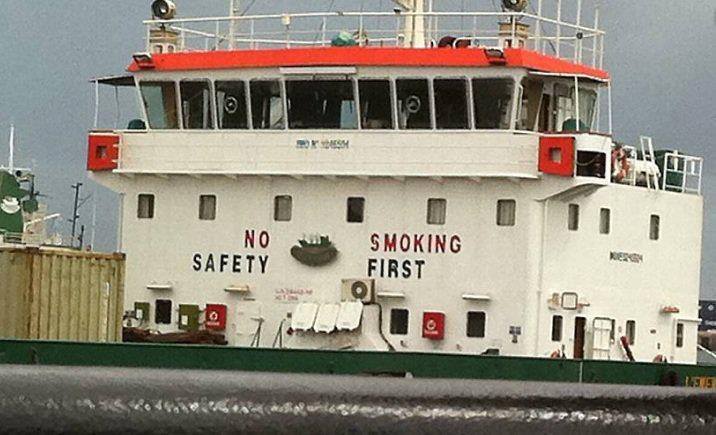 2·1 month ago
2·1 month agoThe look of mischievous nihilism entering public art spaces.

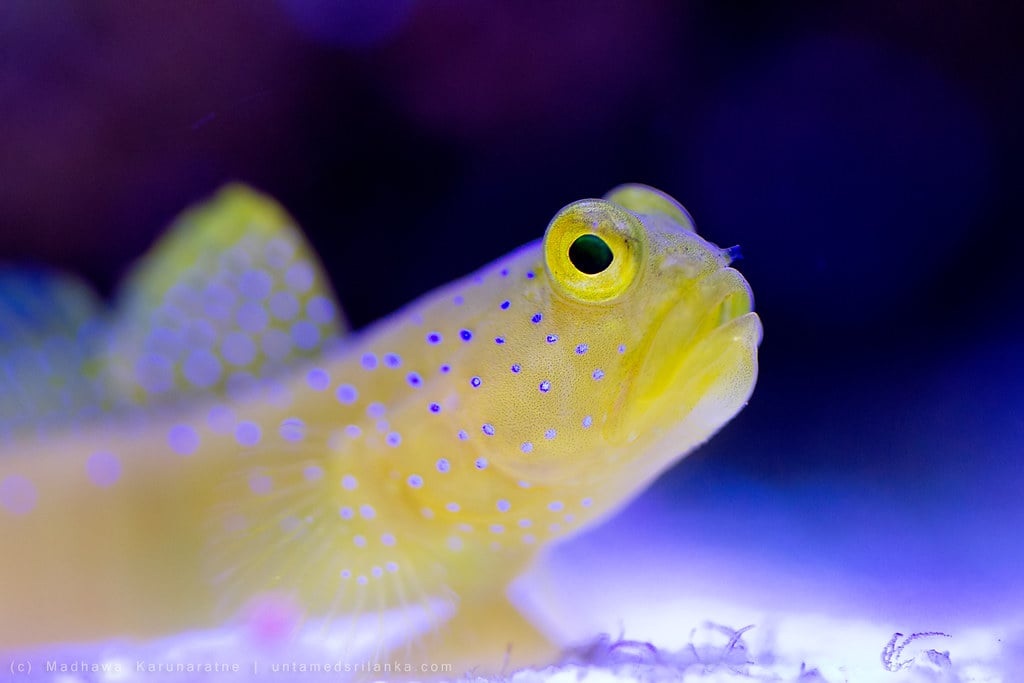 3·1 month ago
3·1 month agoCultivating live food for your fish friends is a great idea! Research, trial, and error are going to be really important in the process, so it’s better to do it in a separate tank to keep your fish safe. We don’t have the ability to bring an entire complex ecosystem into our homes and put it in a glass box; the best we can do is mimic one as best as possible. This means that an experimental tank won’t have as many of the same “redundancies” nature does when nutrient, light, or oxygen/dissolved gases get out of balance, and population crashes can happen a lot more easily. (Even if it’s just the food creatures that die off, the decaying matter can cause problems like ammonia burns for your fish.) Rather than trying to establish a sustainable colony of food animals in your fish tank, starting a tank with food animals and slowly adding fish to it will give you a much clearer picture of how large a population they can sustain.
Some tips to help you build as robust a system as you can:
- Use a 10 gallon (about 40 liters) or larger tank. Greater water volume means increased stability because the water dilutes concentrations of things like ammonia and gives you a nice buffer for environmental changes; a 5 gallon (about 20 liters) tank will have much narrower safety margins and will make it harder to figure out where the problems lie.
- Add a lot of plants, both in number and variety, to improve oxygenation and reduce carbon dioxide in the water. They’ll also provide food and grazing surfaces for a lot of smaller food animals.
- Use a canister filter or AquaClear-style hang-on-back (HOB) filter that gives you a lot more filter medium for housing the microbes that process nitrogenous wastes like ammonia, nitrite, and nitrate than a single, fiber-covered plastic cartridge. Don’t run charcoal or activated carbon in it unless you’re finishing up a round of disease treatment–it’ll pull out a lot of the stuff the tank’s plants and animals can use. Canisters and HOB filters will also give you better gas exchange than an undergravel or sponge filter will.
- Tank barriers are easy to make out of plastic mesh used for crafts like needlepoint. I think the holes would be big enough for most food animals to swim through, but not allow fish in their area, but I’m not sure.
This sounds like a really cool project. If you decide to do it, I hope you’ll post updates!
“It’s important to have a job that makes a difference, boys. That’s why I manually masturbate caged animals for artificial insemination.” – rando convenience store customer in Clerks, 1994
 3·2 months ago
3·2 months agoSchrodinger’s dipshit, ugh
Fast food joints already offer lower prices in their apps than at the drive through. You pay the difference through all the data they harvest.
If someone has an invite to share, I’d love to get in and try it out!
Thank you so much for the invite, Cancer Mouse <3
I can’t tell if I love this or hate it

 3·2 months ago
3·2 months agoCan someone catch me up here, please? The last I read, fracking was typically seen as an environmentally unfriendly process because you break up a bunch of underlying rock, pump out the crude, and replace it with water. It destabilizes the area and leads to shit like small earthquakes. So like, drilling down, releasing a bunch of heat/pressure, and flooding the system with a bunch of water without caring about the oil is supposed to be a safer thing to do? What gives?

 14·2 months ago
14·2 months agoNow we know where reddit took their profit strategy from

 48·2 months ago
48·2 months agoShit, some of them charge the authors to publish.
 5·2 months ago
5·2 months agoHe was asking both campaigns to give him a Cabinet position in exchange for his withdrawal from the race and endorsement like a week ago. Harris didn’t take his call, but I’d be amazed if Chump didn’t jump on that
 4·3 months ago
4·3 months agoIf the reason you don’t want to speak to an adult for guidance is because there aren’t any you find trustworthy or who know how to communicate effectively with you, I think the best way to learn from your mistakes is to look for the patterns around them. Then, shift your perspective from being the person who made the mistake to being someone on the receiving end of it–walk a mile in someone else’s shoes to understand them better and all that. For me, I found getting to know myself a really important part of this: I had to know what I was like when I felt my best and worst to recognize the things that went wrong before I made a mistake. It took me until adulthood just to recognize that I have a slow-to-warm personality and tend to be inflexible, which means that any unexpected changes really fuck my shit up and can lead to me making mistakes because I feel like I’m scrambling to adapt. Give me an extra minute or three to live with it and I’m fine; don’t give me the extra time, and I’ll probably be nasty towards you even if you don’t deserve it. Recognizing those patterns in my own behavior lets me say, “Hold on, I need a few before I can do what you want” instead of, “Are you fucking kidding me? You’re doing this again?” (which, it turns out, upsets the people who are so ready to demand I do something flawlessly and on their schedule instead of mine, lol).
Looking for the underlying causes of mistakes is like tracking down clues to solve a mystery. Maybe you missed a throw because your hands were sweaty and the ball was slippery, or maybe you miss a throw because your mind was busy trying to work on a different problem while you were throwing a ball. Maybe an unexpected gust of wind blew the ball in a different direction than you were expecting it to go; mistakes aren’t always because of things that we can control, so it’s important to be fair and kind to yourself when you’re looking for these patterns behind them and recognizing when something isn’t your mistake.
It’s way too easy to get wrapped up in the idea that making mistakes makes you a failure or a bad person. Nah, they just mean that you’re doing something you’re not used to doing perfectly. Nobody just hops on a bicycle and rides off into the sunset on their first try. It’s a skill that takes practice. There are tons of skills like that that most people don’t think of as needing practice before you get good at them: making friends, being a good friend, creating emotional boundaries, saying no, saying yes, asking for help, washing dishes, fixing a leaky pipe, emotional regulation, apologizing, forgiving, driving… it’s a long list, but you get the idea. Being bad at a skill is a temporary thing, and making mistakes is how you figure out how to improve.

 2·3 months ago
2·3 months agoTouched by His Noodly Appendage! 😇

 4·3 months ago
4·3 months agoI’ve been playing No Man’s Sky since they released the 5.0 content update. It’s made a huge difference in the look and feel of the game with things like modeled weather and oceans, and I’ve recently learned that sentinel attacks stop after you blow up the freighter they warp in.

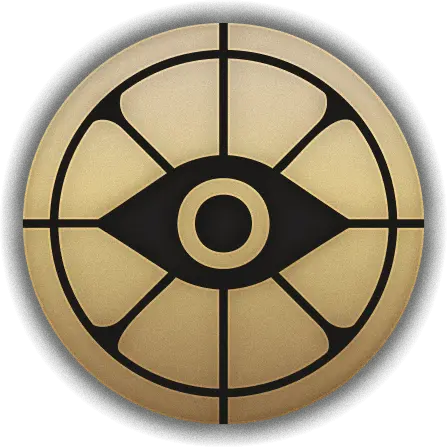


Costume Quest